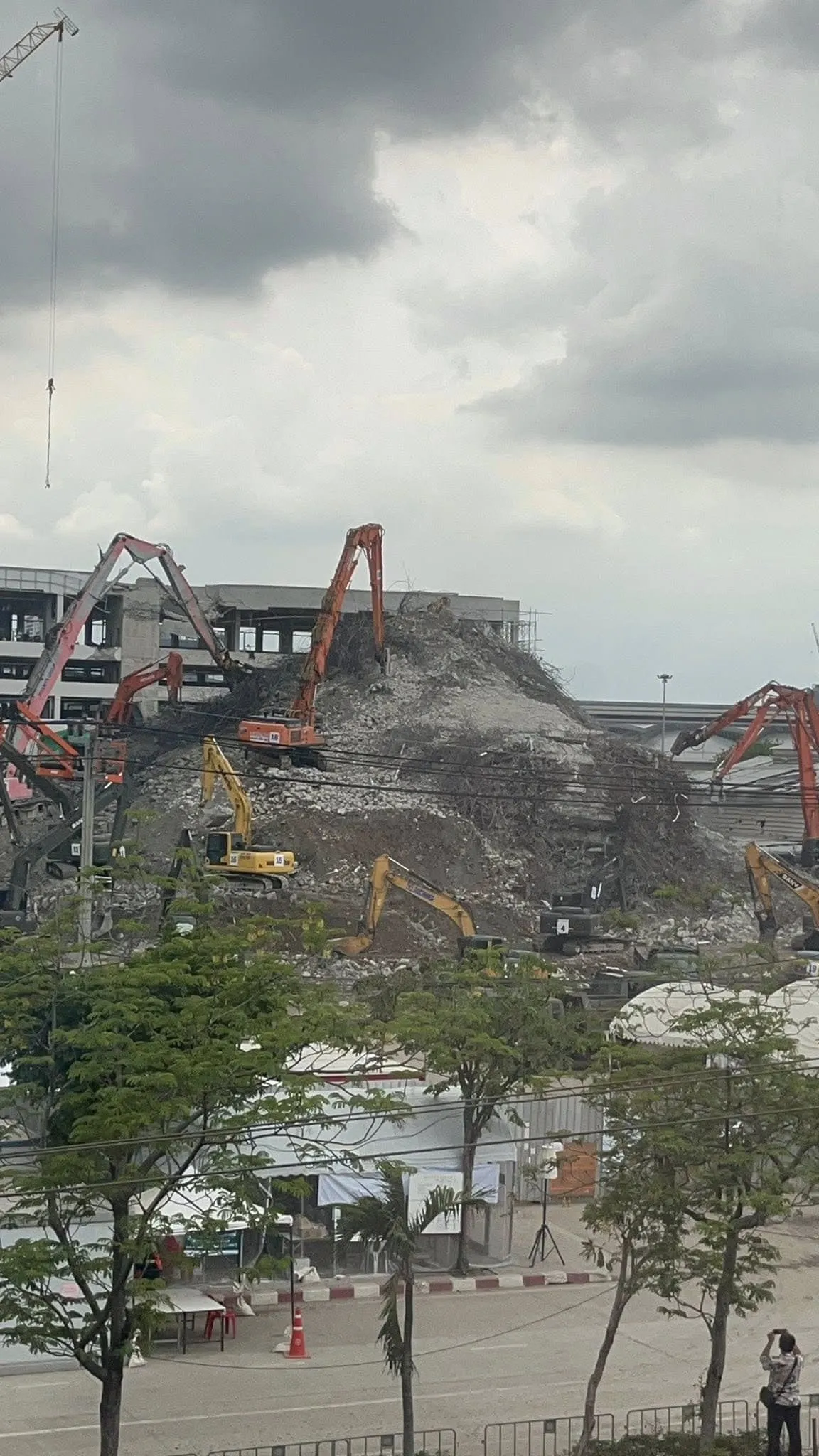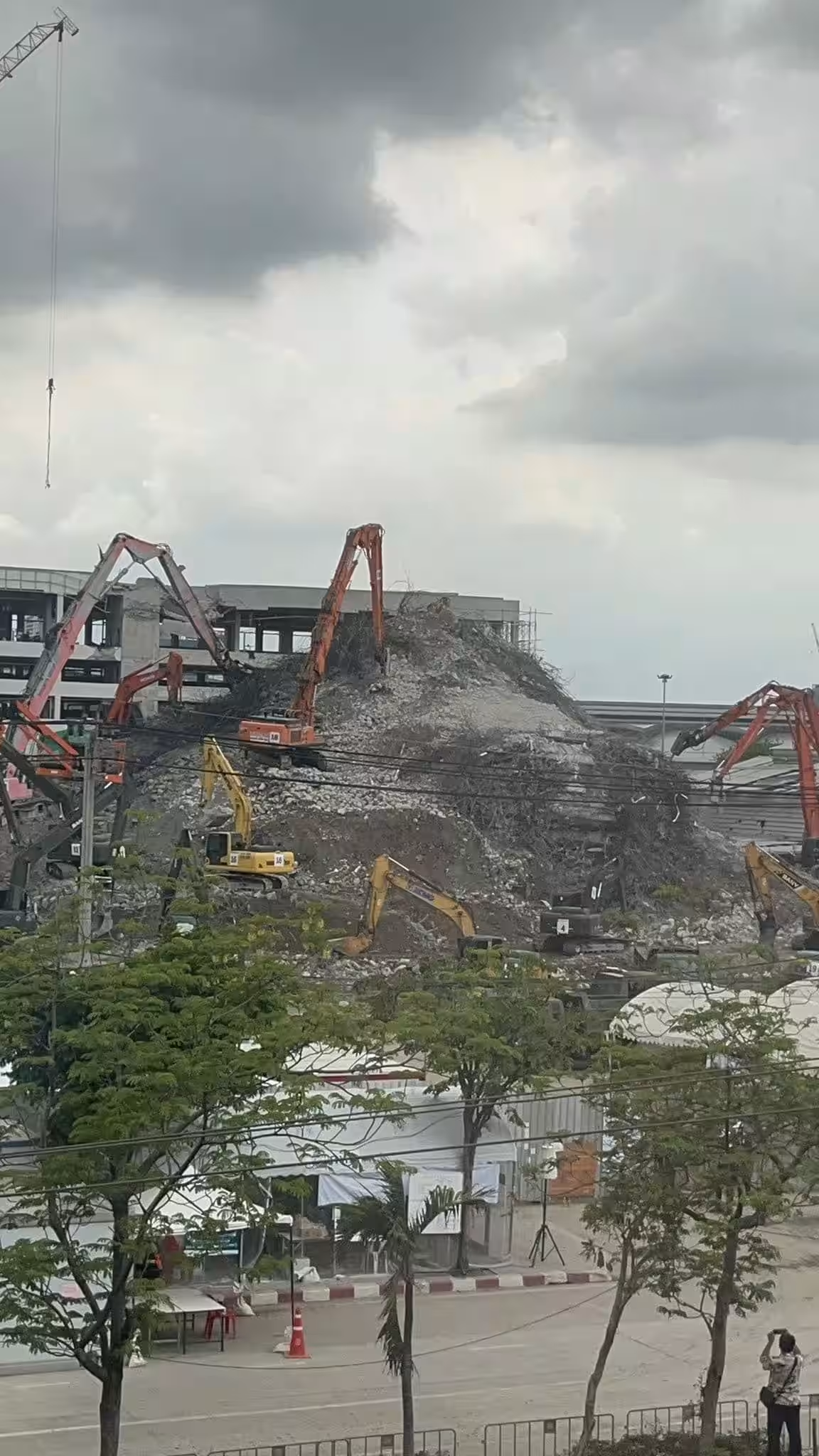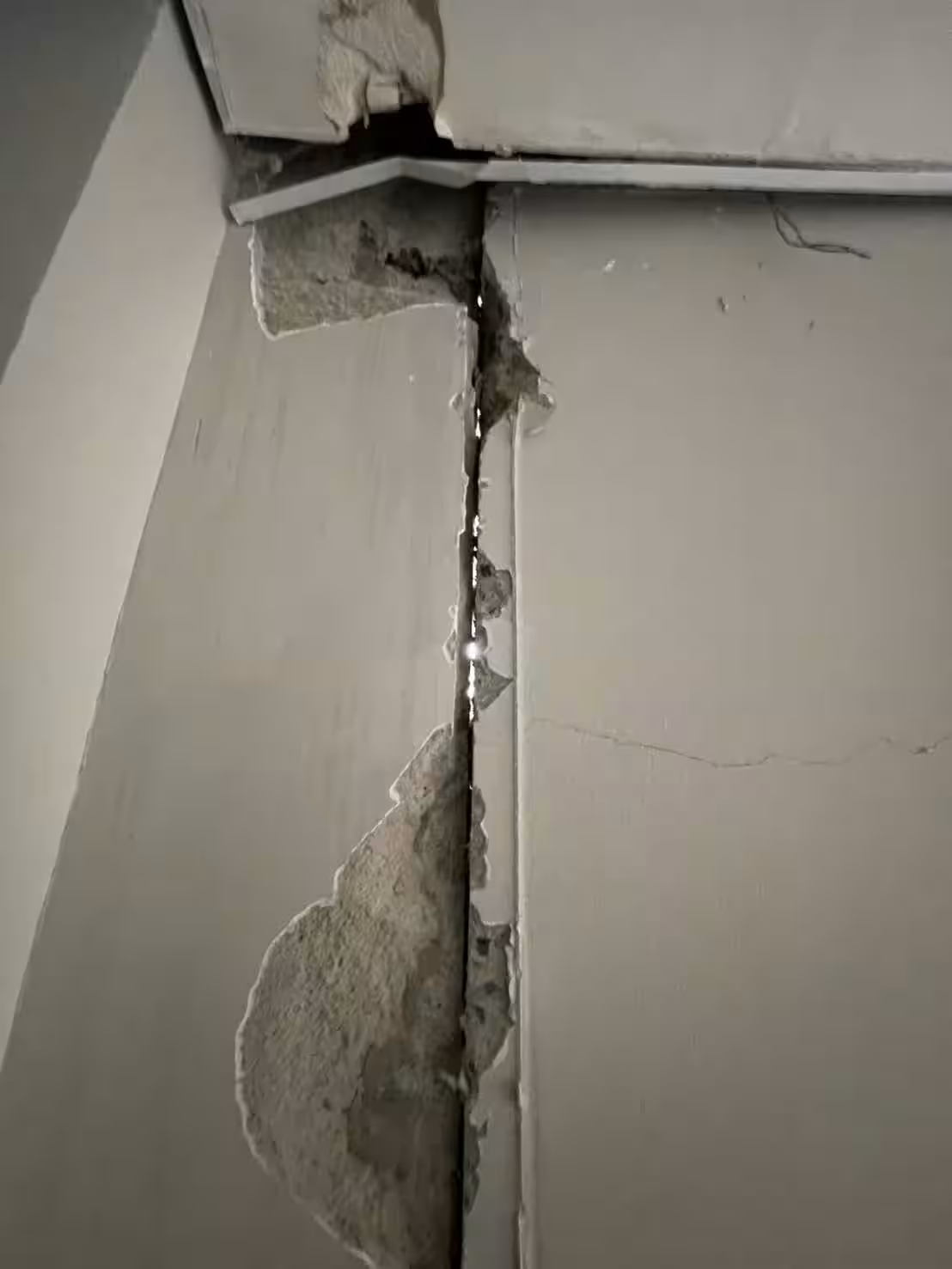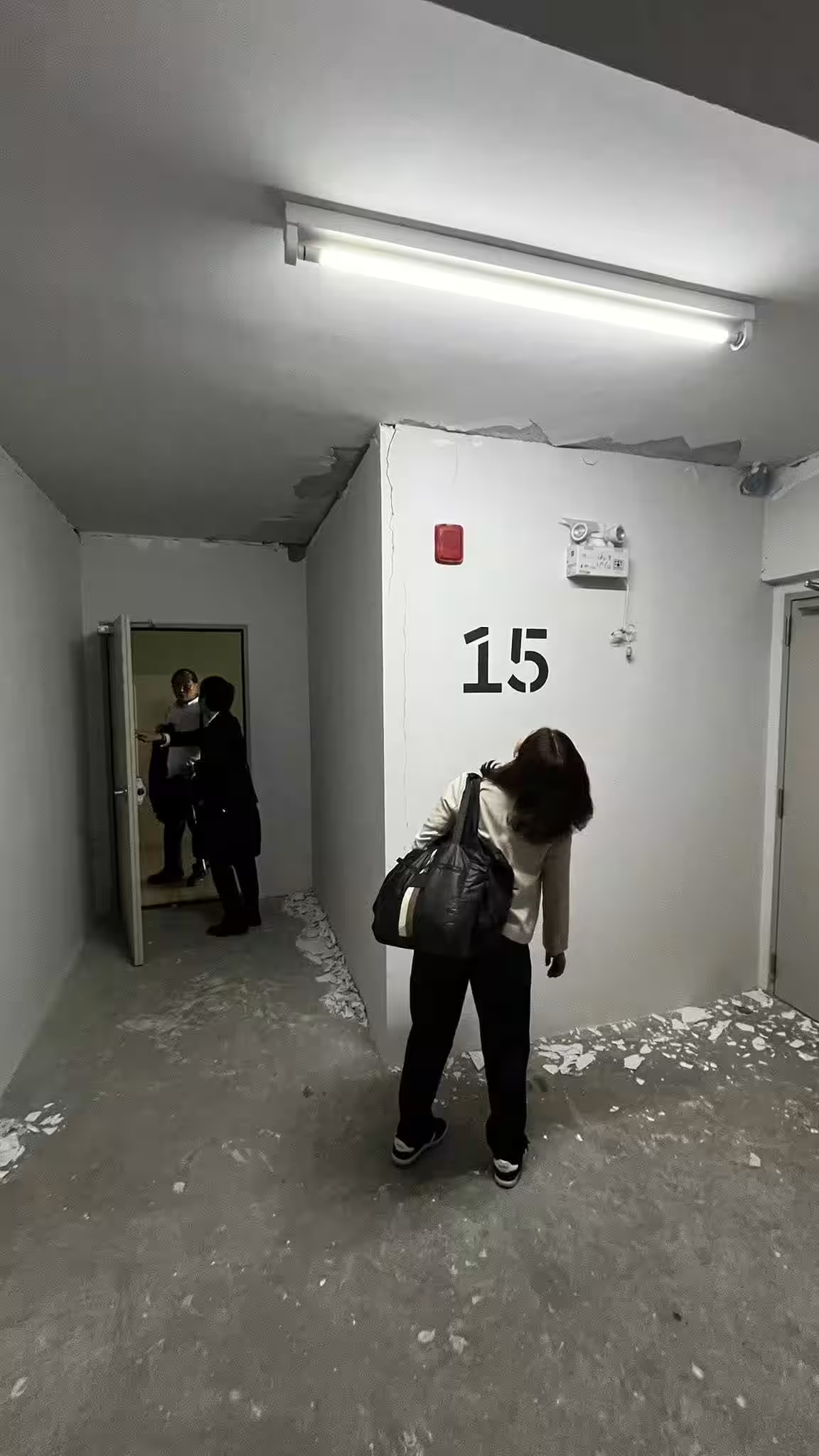

SAKIGAKE JAPAN Conducts Earthquake Impact Survey in Bangkok After Myanmar Quake
SAKIGAKE JAPAN Conducts Earthquake Impact Survey in Bangkok
In response to the devastating 7.7-magnitude earthquake that struck western Myanmar on March 28, 2025, SAKIGAKE JAPAN, a leading disaster prevention company based in Chuo-ku, Tokyo, carried out a significant field survey in Bangkok, Thailand on April 14. This survey became critical as it was observed that the effects of this earthquake were felt as far as 1,000 kilometers away in Bangkok, impacting the structural integrity of skyscrapers in the densely populated city.
The Concerns of Long-Period Ground Motions
During the investigation, experts examined various factors, including the risks of tall buildings collapsing due to ultra-long-period seismic waves and the vulnerability of urban infrastructures. A notable incident during the survey was the collapse of a skyscraper intended for the Thai government's accounting office, which raised concerns regarding underlying design flaws, compounded by the impacts of these seismic waves.
Damage Overview
The survey revealed significant damage particularly in the mid-level floors of high-rise buildings, highlighting issues such as:
- - Detachment of ceiling and wall finishes
- - Severe damage to interior materials
- - Structural distortions in common areas
Understanding Ultra-Long-Period Seismic Waves
Ultra-long-period seismic waves describe a type of ground motion that can be transmitted over long distances, causing a



Topics Other)










【About Using Articles】
You can freely use the title and article content by linking to the page where the article is posted.
※ Images cannot be used.
【About Links】
Links are free to use.